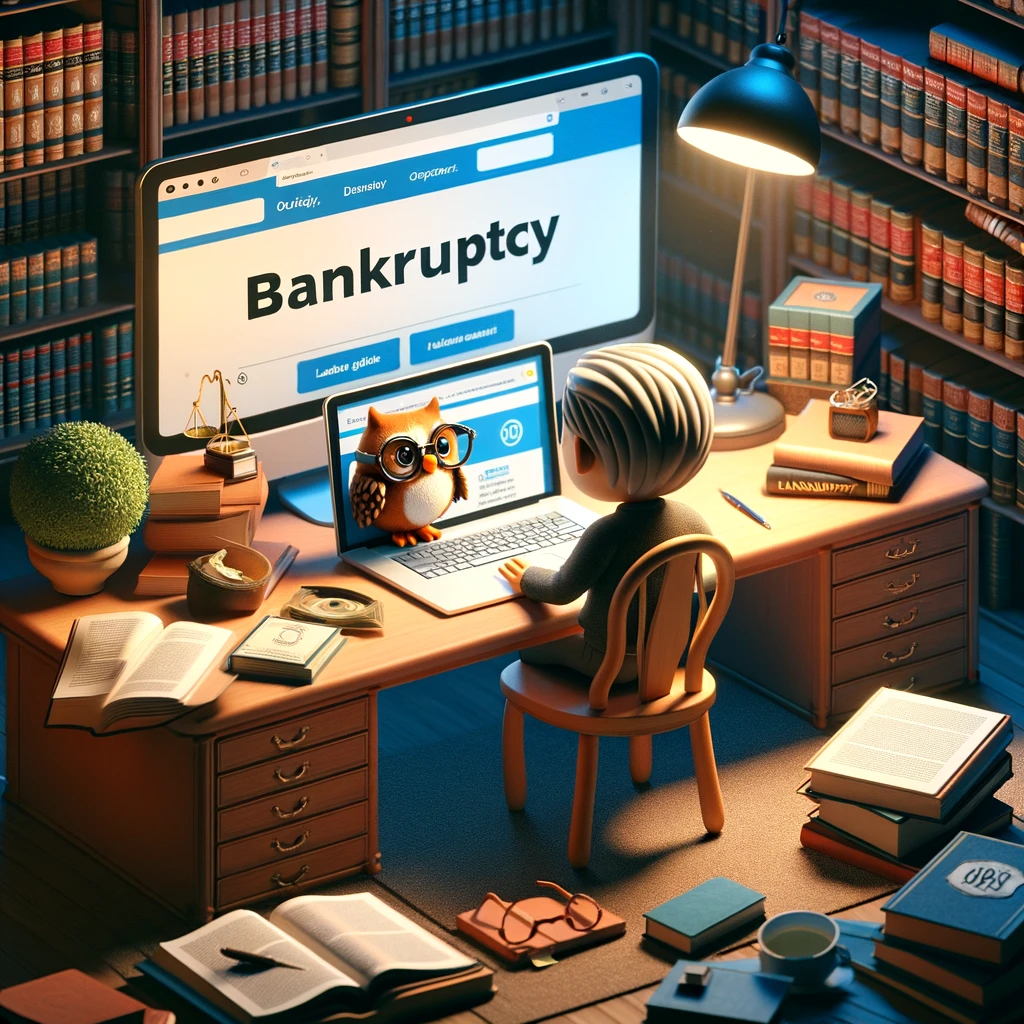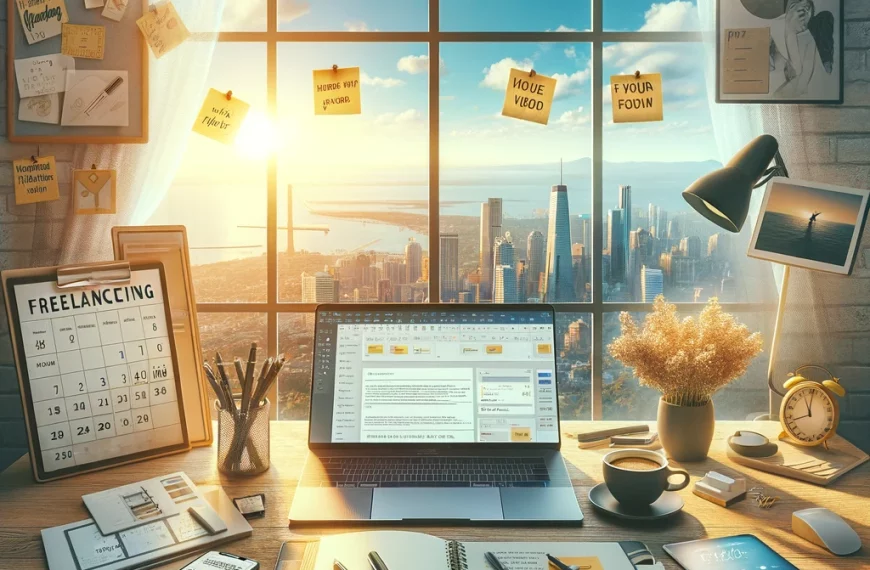
Bankruptcy sounds like a big, scary word, right? It’s something you might hear in movies, usually followed by dramatic music and people losing everything they own. But what is it, really? Let’s break it down into simple terms, so if it ever comes up at the dinner table, you’ll be the expert.
First off, think of bankruptcy as a reset button on your finances, but not the kind you hit when you’re just having a bad day with your money. It’s more like a last-resort emergency button when you’re overwhelmed by debt and there’s no way you can pay it back.
So, Why Do People File for Bankruptcy?
Imagine your friend owes you $10, $20 to another friend, and so on, but suddenly they have no money. They can’t pay anyone back, not now and not in the foreseeable future. That’s what happens with bankruptcy. People or businesses file for it when they’re drowning in debt and can’t see a way out.
Types of Bankruptcy
There are a few types, but we’ll talk about the two main ones most people deal with:
Chapter 7: The Clean Slate
This one’s like hitting the delete button on most of your debts. The court steps in, sells off what you own (except for stuff you really need to live, like clothes, cheap furniture, and maybe a car), and then uses that money to pay off as much debt as they can. After that, most of your debts are wiped out, and you get to start over. Sounds great, but not everyone can do this. You have to pass a test that proves you really, really need it.
Chapter 13: The Payment Plan
Chapter 13 is like putting your debt on a diet plan. Instead of selling your stuff, the court helps you come up with a plan to pay back your debts over 3 to 5 years. It’s for people who have a steady income and can pay back at least a part of what they owe. It’s like saying, “I can’t pay you all now, but give me some time, and I’ll get there.”
So, Is Bankruptcy a Get-Out-of-Jail-Free Card?
Not exactly. Sure, it can wipe out a lot of debt, but it’s not all sunshine and rainbows. Filing for bankruptcy sticks to your credit report like gum on a shoe – for up to 10 years! That can make it super hard to get loans, credit cards, or even some jobs in the future. Plus, not all debts can be cleared with bankruptcy. Things like student loans, child support, and taxes usually have to be paid no matter what.
What Happens After You File?
Whether you go for Chapter 7 or Chapter 13, you’ll usually have to take some classes about managing your finances better. It’s like financial rehab, teaching you how to not end up in the same spot again.
After you’ve gone through the process, you’re on what’s called a “fresh start.” But remember, your credit score took a hit, so you’ll have to rebuild it slowly. It’s like starting a game over from level one.
Should You Do It?
Filing for bankruptcy is a huge decision. It’s not just an “Oops, I overspent, let’s erase it” kind of thing. It’s a serious, last-resort option for when you’re truly out of options. It’s important to really understand what you’re getting into and maybe talk to a financial advisor or a lawyer to see if it’s the right move for you.
Final Thoughts
Bankruptcy is a tool for when things get really tough, but it’s not a decision to be made lightly. It can offer relief and a chance to start fresh, but it comes with its own set of challenges. Like with any big decision, knowledge is power. Understanding what bankruptcy is, how it works, and what it means for your future is crucial in making an informed decision. Remember, it’s always best to manage your money wisely to avoid finding yourself in a situation where bankruptcy seems like the only option.



